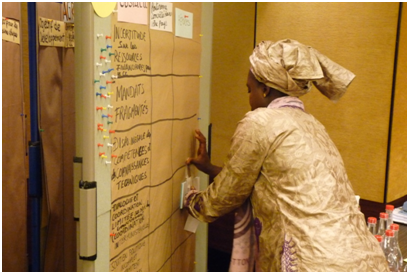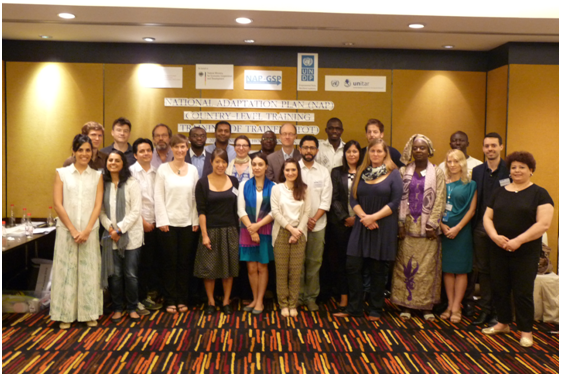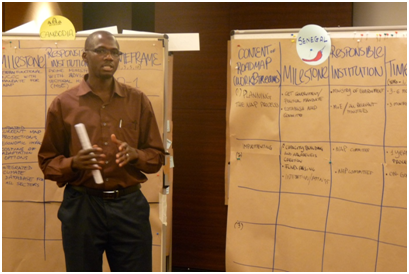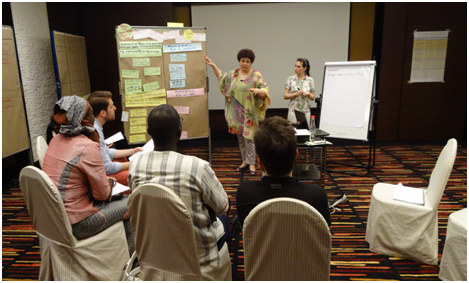Training on National Adaptation Planning: The Harvard Case Way
23 April 2015, Bangkok, Thailand - It was back in the 1870s that Harvard Law School began to experiment with a new way of teaching using the case method. The basic idea was to try to prepare its students for the real world outside of the classroom through the use of guiding questions that aid self learning and discovery.

But while many of us may have heard about the Harvard Case Method (HCM), as it has come to be known, how many have actually had the opportunity to learn how it is done in practice?

This simple question is what brought trainers together from UNDP, UNEP, GIZ and UNITAR for a Training of Trainers (TOT) event in Bangkok this April, with a specific focus on using the HCM to support national adaptation planning (NAP-GSP) in Least Developed Countries (LDCs).

The TOT helped to build skills on using practice-oriented and participant-centred learning methods for national adaptation planning.

The training used a “trainers on stage” approach so that individuals were able to conduct their own Harvard Case Method sessions, and lead practical group discussions.

Trainees learned to lead case based decision-making exercises and stimulate ‘teachable moments’ which can naturally emerge through discussion.

The TOT contributed to create a network of experienced trainers that will facilitate the roll out the NAP country training programme and the advancement of NAP processes at country level in the next coming months.
Photo 1: A senior trainer leads group discussions about cost-benefit analysis through the use of guiding questions.
Photo 2: A group of trainees engages in a real-case cost-benefit analysis exercise.
Photo 3: A trainee from the Francophone group makes use of pin-board and coloured cards during an action-learning exercise.
Photo 4: The group of TOT participants from UNDP, UNEP, GIZ and UNITAR.
Photo 5: One of the trainees performs a “trainers on stage” session summarizing the main findings of group matrix exercises on specific NAP country situations.
Photo 6: Trainees from the Francophone group reflect on experiences made during the group work and deduct key issues and lessons learnt.
Photo 7: Trainees work in group to identify vulnerability hot spots during a risk mapping exercise.
Photo 8: Trainees from the Anglophone group present the results of a national adaptation planning stakeholders’ mapping exercise.

